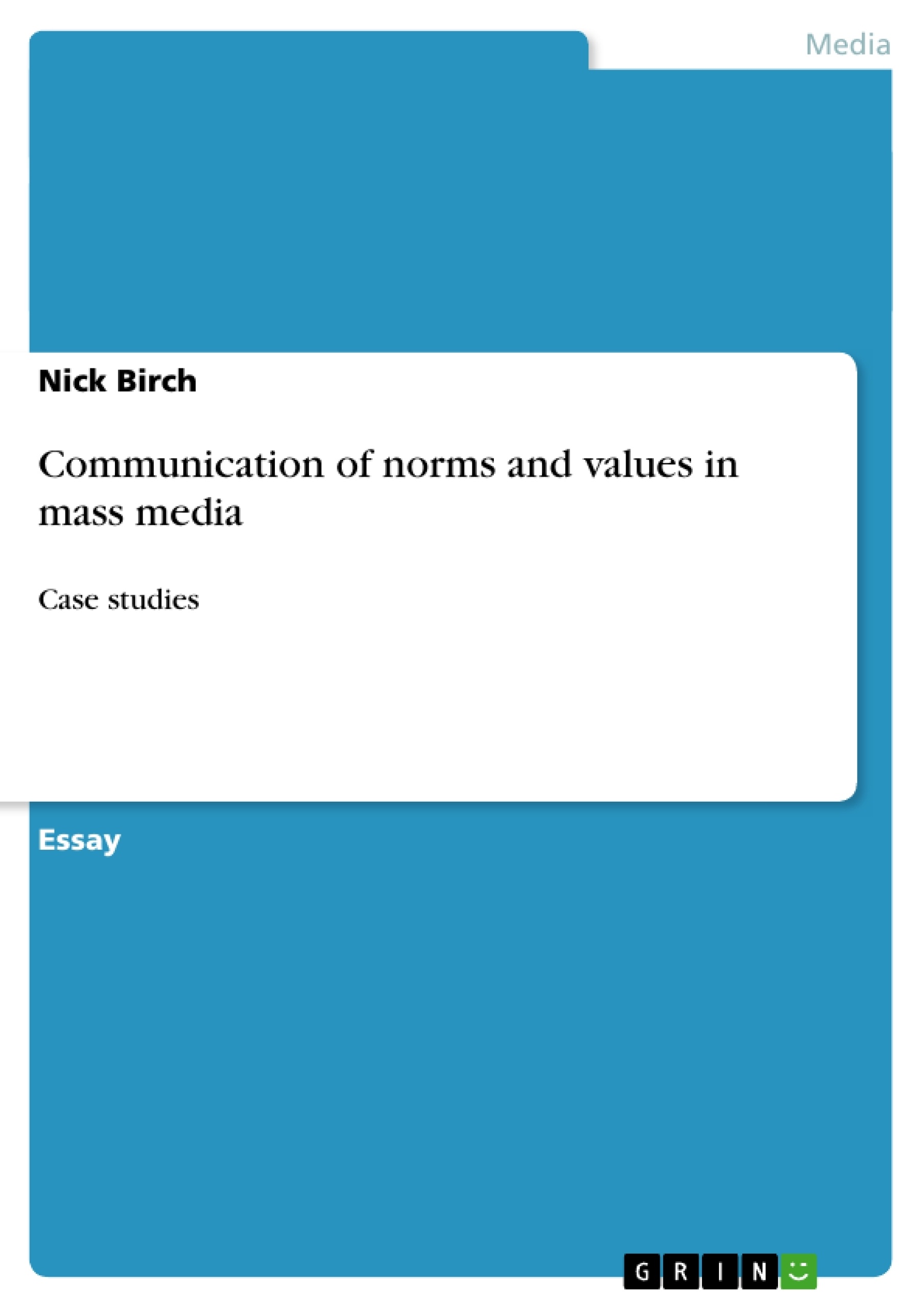Governments, businesses and citizens across the world are only beginning to understand the profound implications of living in a hyper-connected world. Organisations operating across borders must recognise that the users of that information, and their governments, often have different cultural norms, values and expectations. These norms are changing as digital natives come of age and challenge old orthodoxies. Digital technologies continue to evolve, making it ever more difficult for anyone to control or regulate the manner and flow of information (World Economic Forum, 2013).
According to an International Media Concentration Research Project, led by Professor Eli Noam of Columbia University, ‘Australian newspaper circulation was the most concentrated of 26 countries surveyed, and among the most concentrated in the democratic world’ (Flew, 2013). Rupert Murdoch’s News Corp Australia, the Fairfax Media and the Australian Broadcasting Corporation (ABC) are all examples of mass media communicating systems of norms and values. The first two accounted for 86% of newspaper sales in Australia in 2011, as compared to 54% for the top two newspaper owners in the United Kingdom and as low as 14% for the top two in the United States (Flew, 2013). News Corp and Fairfax have been seen to express a response to political climates according to their owners’ rather singular perspectives. Allegations of news media bias in Australia during the past several years are nothing new, in each case these players are after a different goal (Tucker, 2013).
Inhaltsverzeichnis (Table of Contents)
- Introduction
- Rupert Murdoch's Influence on Australian Politics
- Gina Rinehart's Influence on Australian Media
- International Comparisons
Zielsetzung und Themenschwerpunkte (Objectives and Key Themes)
This preview aims to provide an overview of how mass media in Australia, particularly News Corporation Australia and Fairfax Media, communicate a standard system of norms and values. It will focus on the influence of prominent figures like Rupert Murdoch and Gina Rinehart and explore the impact of media bias on political outcomes and public opinion.Key Themes:
- The role of mass media in shaping political discourse and public opinion.
- The influence of powerful media owners on Australian politics and media landscape.
- The impact of media bias and its potential effects on election outcomes.
- The changing dynamics of the media industry in the digital age.
- International comparisons of media concentration and political influence.
Zusammenfassung der Kapitel (Chapter Summaries)
Introduction
This section introduces the concept of a hyper-connected world and the challenges of navigating diverse cultural norms, values, and expectations across borders. It emphasizes the changing nature of information flow and the difficulty of controlling it in the digital age.Rupert Murdoch's Influence on Australian Politics
This chapter examines Rupert Murdoch's influence on Australian politics through his ownership of News Corporation Australia. It highlights his alleged attempts to influence election outcomes, particularly in favor of the Liberal National Party Coalition. The chapter explores the controversy surrounding Murdoch's alleged bias and his influence on public opinion.Gina Rinehart's Influence on Australian Media
This chapter focuses on Gina Rinehart, a mining heiress who has invested significantly in Australian media outlets, including Fairfax Media. The chapter details her attempts to exert influence over the editorial direction of Fairfax Media, particularly in relation to her own business interests and political ideologies. Rinehart's stance on various issues, including labor laws, environmental regulations, and immigration, is discussed.International Comparisons
This section draws comparisons between media concentration and political influence in Australia, the United Kingdom, and the United States. It examines the role of media in shaping political discourse and public opinion in these countries and discusses research findings on the impact of media bias on voter behavior.Schlüsselwörter (Keywords)
The text explores the relationship between mass media, political influence, and public opinion in Australia, focusing on prominent figures like Rupert Murdoch and Gina Rinehart. Key terms include: media bias, news concentration, political discourse, public opinion, influence, election outcomes, digital media, and cultural norms.- Citar trabajo
- Nick Birch (Autor), 2013, Communication of norms and values in mass media, Múnich, GRIN Verlag, https://www.grin.com/document/269684



